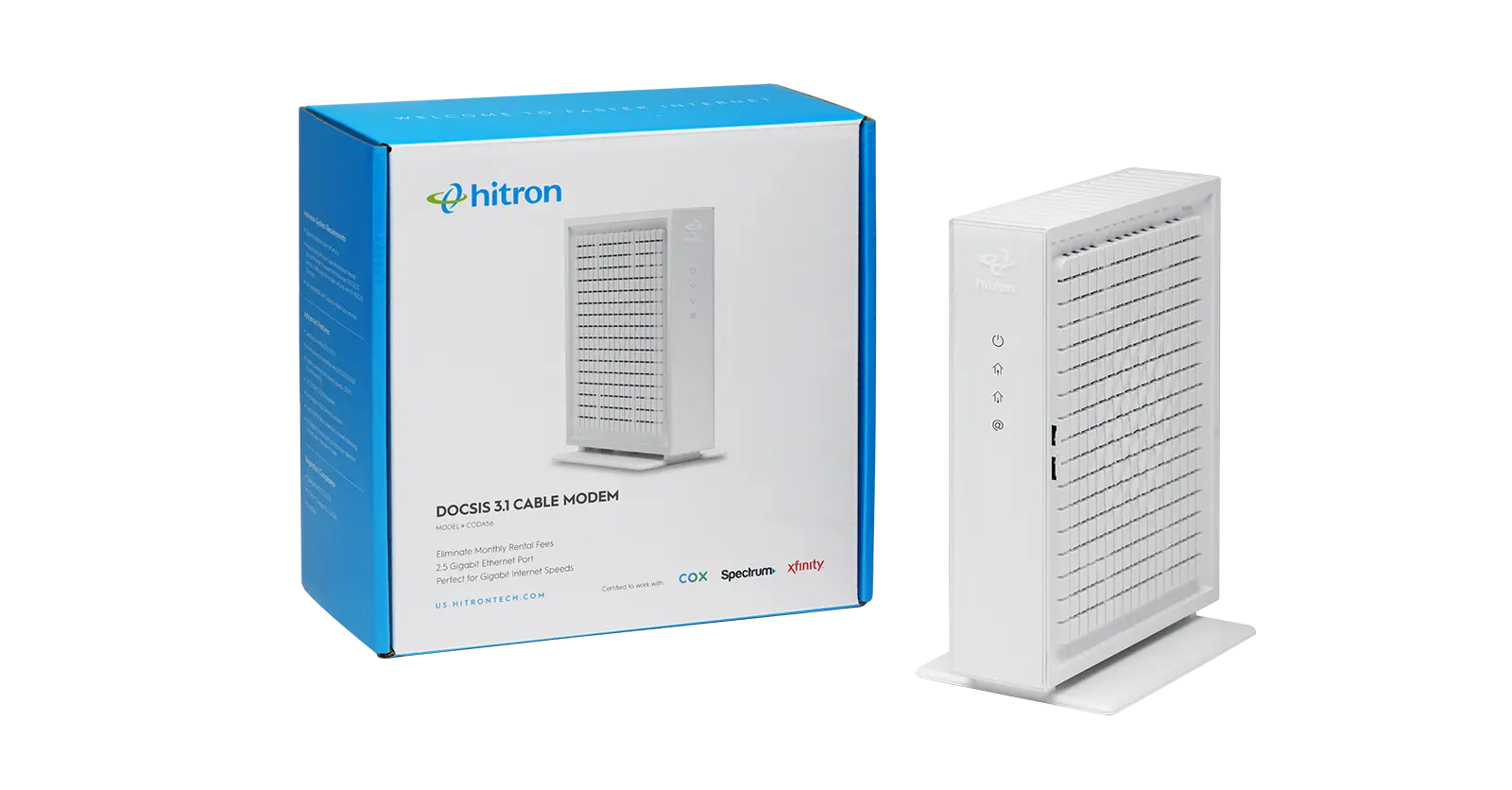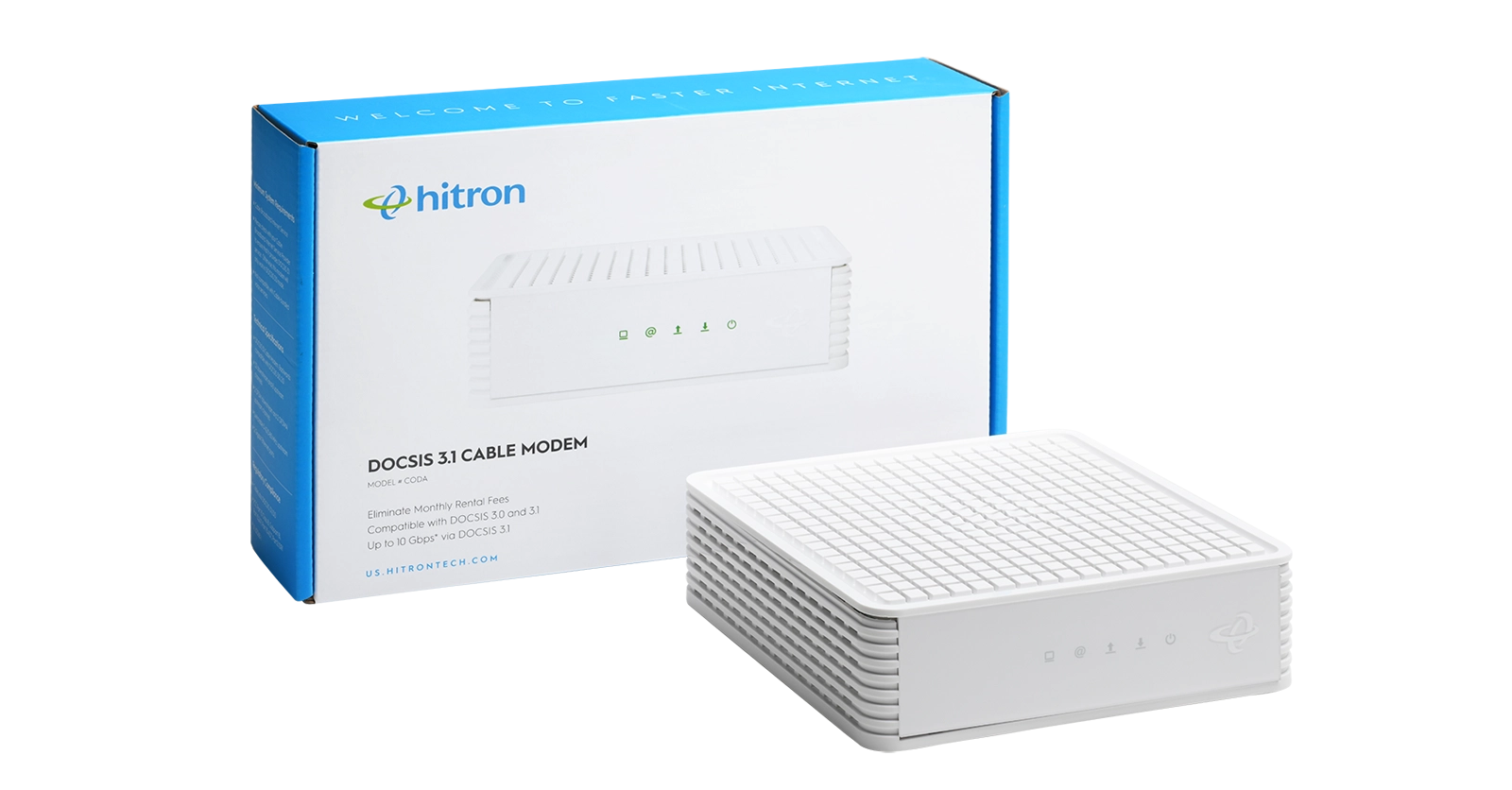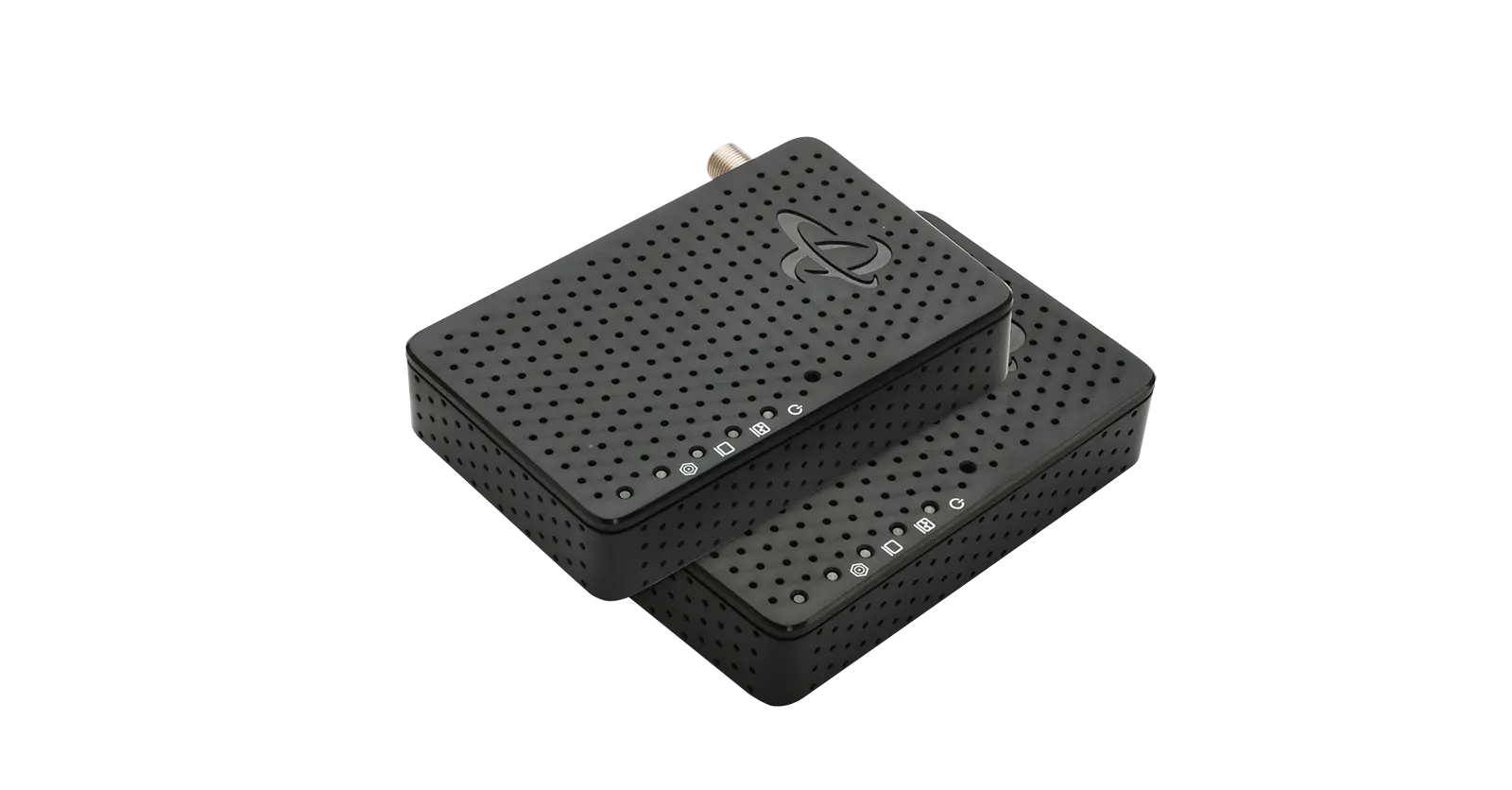Do you have an older modem? Have you received a letter from your ISP encouraging you to upgrade your modem?
Some might view this as simply an attempt by your ISP to get you to spend more money, but the real reason behind this request goes much deeper than that.
New Modem Technology
Your ISP wants you to be using the newest in TECHNOLOGY for modems, not necessarily a new modem, although the two typically go hand-in-hand.
New technology in modems give your Internet connection:
- More Advanced Security Protection
- Increased Data Throughput Performance
- Faster Speeds
Here are the REAL reasons why your ISP wants you to upgrade your modem:
1. INTERNET SPEEDS
If you’re still using an old modem, chances are it isn’t capable of handling today’s high-speed Internet connections or speed plans. Because of this, you may not get the speeds you are paying for on your Internet plan.
With technology constantly advancing, new modem technology can offer much higher speeds than older technology. If your modem has older technology, such as DOCSIS 3.0, it’s likely that it isn’t capable of reaching the maximum speeds offered by your ISP. By upgrading to newer modem technology, such as DOCSIS 3.1, ensures that you’ll be able to take full advantage of your ISP’s speed offerings.
2. MORE ADVANCED SECURITY
New modem technology offers increased security protection. It only makes sense that as technology evolves, so does the features and benefits of owning new technology. Older modems lack up-to-date and the latest security features, leaving them vulnerable to cyberattacks. When your modem is vulnerable to attacks, that means your entire home network and connected devices are at risk. By upgrading to new modem technology, you can help ensure that your connection is more secure and will help keep your family safe online.
3. FASTER PERFORMANCE
A third reason your ISP wants you to upgrade your modem is for faster performance. New modem technology has advanced to create faster throughput speeds and greater data capacity to provide more reliable and more stable Internet connections than older technology. Modems with new technology can handle more connected devices needing high volumes of bandwidth, so you can enjoy online gaming, 4K HD streaming and video calling, just to name a few. Older modem technology struggles to keep up with the increased demands of bandwidth and performance from all of our connected devices.
4. TROUBLESHOOTING
Modems that use new technology are easier for your ISP to support and troubleshoot. Older modem technology can be obsolete or no longer supported by the manufacturer, making troubleshooting more difficult and more time-consuming for your ISP, and for you! New technology that is supported by its manufacturer means that firmware updates are available to your ISP to apply, or documentation is readily available so they can quickly troubleshoot your situation.
5. FUTURE-SERVICES
The final reason is compatibility for future-services offered by your ISP. Older modems may not be capable of handling some of the newer features and services offered by your ISP now and in the future. By upgrading to a newer modem technology, you’ll be able to take advantage of all the latest and greatest features from your provider, such as motion detection and voice-enabled technical support.
So, there you have it – the REAL reasons why your ISP is encouraging you to upgrade your modem. Speed, security, performance, troubleshooting and future-services are all important factors to consider when making your modem technology upgrade.
Hitron’s CODA DOCSIS 3.1 Cable Modem is approved and compatible with Comcast XFINITY, Charter Spectrum and Cox Gigablast (more ISP approvals pending) and is available on Amazon. The Hitron CODA uses DOCSIS 3.1 technology to deliver the fastest multi-Gigabit speeds to all of your connected devices. Learn more about cable modems or cable modem routers by reading Hitron’s articles found on our Learn Page.


